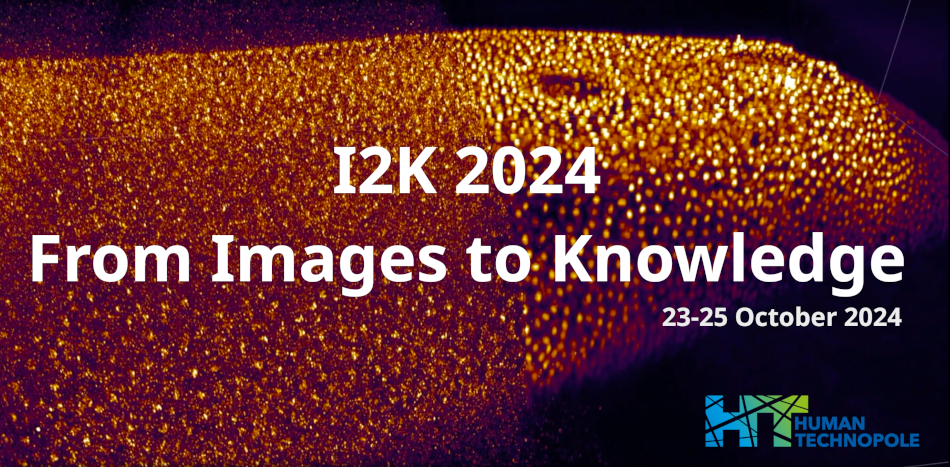Speaker
Description
The Human Protein Atlas (HPA) is a comprehensive resource that maps the human proteome by documenting the expression and localization of proteins in human tissues, cells, and organs. It integrates various high-throughput technologies and techniques to provide detailed information about where and how proteins are expressed within the human body. Open access is one of the key features of this resource. However, getting access can become a cumbersome process in particular if data needs to be integrated into teaching activities or courses.
We describe a workflow that enables easy and reproducible access to parts of the HPA image data. It is based on the image data repository OMERO and the “Subcellular proteins patterns"" dataset, used for the Kaggle competition “Human Protein Atlas Image Classification (2018)“. Annotating this dataset with already available information e.g. targeted subcellular localization and newly derived parameters like saturation per channel made it fully searchable via the tag-search tool and the filtering tool in the database. This greatly increases the ease of use and images can now seamlessly integrate into teaching activities. As proof of principle we showcase a course scenario measuring the expression at the nuclear rim of human cells using the images in the database and an ImageJ macro.
| Authors | Rémy Dornier*, Romain Guiet, Arne Seitz |
|---|---|
| Keywords | Data-management, Teaching, OMERO, Human-Protein-Atlas |

